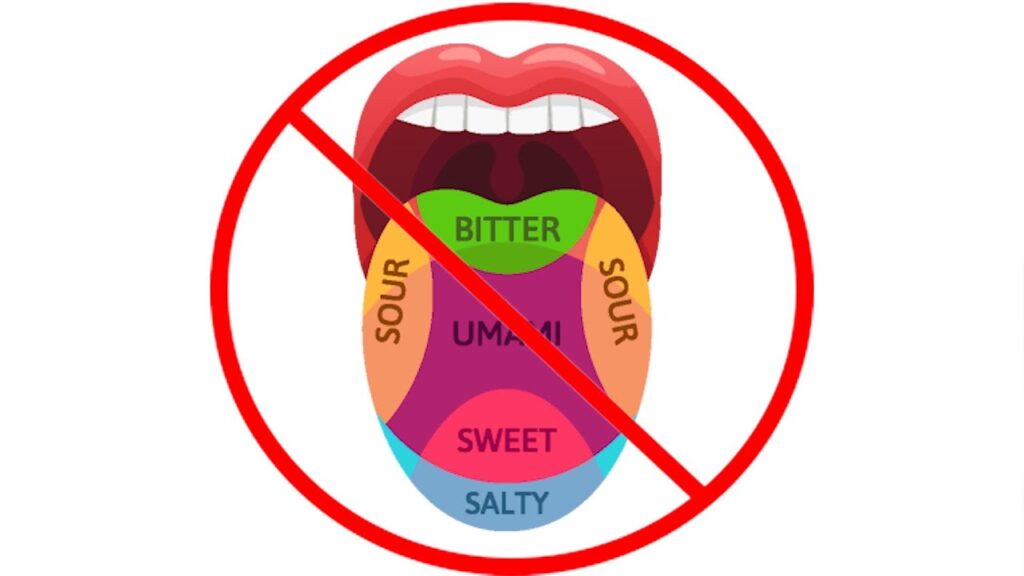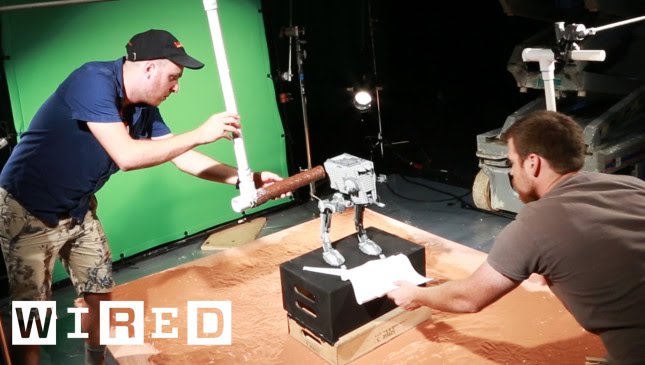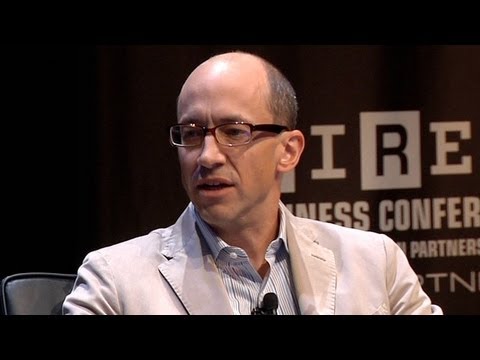Demolishing Buildings, Underwater Tunnels, and Efficient Urban Design: A Q&A with Dr. Nehemiah Mabr, a Civil Structural Engineer
Summary
In this Q&A article, Dr. Nehemiah Mabr, a civil structural engineer, answers a variety of questions related to civil engineering and city planning. He discusses topics such as the safe demolition of buildings, creating underwater tunnels, and designing efficient urban spaces. He also covers the use of steel rebar in reinforcing concrete, building rope and suspension bridges, and optimizing traffic flow. The article also touches on the importance of green spaces, designing for changing environmental conditions, and dampers in skyscrapers to counteract wind sway.
Table of Contents
- Safely Demoilishing a Building
- Building Underwater Tunnels
- Efficient Urban Design
- Steel Rebar in Reinforcing Concrete
- Rope Bridges and Suspension Bridges
- Designing Structures to Ensure They Don’t Collapse
- Optimizing Traffic Flow
- The Need for Green Spaces in Future Cities
- Designing for Changing Environmental Conditions
- Hidden Dampers in Skyscrapers
Introduction
Civil structural engineering is a field that involves the design and construction of structures such as buildings, bridges, and tunnels. Dr. Nehemiah Mabr, a civil structural engineer, has expertise in this field, and in this Q&A article, he shares his knowledge on various topics related to civil engineering and city planning.
Safely Demolishing a Building
Q: What is the safest way to demolish a 28-story building?
A: Demolishing a building involves bringing it down safely, and the goal is to get it to implode on its own footprint. To do this, we use structural drawings and load-bearing supports to carefully plan out the demolition process. The key is to remove the supports in such a way that the building can collapse inward without causing any damage to the surrounding area. The process of demolishing a building like this is tedious and requires the expertise of engineers and demolition experts to carry out safely.
Building Underwater Tunnels
Q: How are underwater tunnels created?
A: Building an underwater tunnel is a difficult process, but it can be done by creating makeshift dams to pump out sections of water. This allows workers and machinery to get down to build a prefabricated tunnel. Once the tunnel is completed, it is positioned and joined to the existing tunnel sections. To ensure that the tunnel is safe and secure, it must be watertight and able to withstand the pressure of the surrounding water.
Efficient Urban Design
Q: What cities do you think have the most efficient urban design?
A: Cities like Amsterdam and Singapore have done a great job with efficient urban design. They have managed to create sustainable, pedestrian-friendly cities that prioritize public transportation and cycling. This is important because it reduces carbon emissions and makes it easier for people to get around. Creating efficient routes is also key in urban design, as it helps people get from point A to point B faster and reduces traffic congestion.
Steel Rebar in Reinforcing Concrete
Q: Why is steel rebar used to reinforce concrete?
A: Steel rebar is used to reinforce concrete because it has a high tensile strength, meaning it can resist bending and stretching. Concrete, on the other hand, is strong in compression (being pushed together) but weak in tension (being pulled apart). By using steel rebar to reinforce concrete, we can create structures that are strong and durable.
Rope Bridges and Suspension Bridges
Q: How are rope bridges and suspension bridges built?
A: Rope bridges and suspension bridges are built using cables and suspenders. Cables are strung across the gap that the bridge is meant to span, and the suspenders are used to support the deck. The deck, which can be made of wood, concrete, or steel, is then suspended from the cables. This design allows the bridge to be long, strong, and flexible. The design process of bridges must ensure that the bridge is not likely to collapse under the weight of its own load or external forces such as wind, water, or earthquakes.
Designing Structures to Ensure They Don’t Collapse
Q: How do you ensure that a structure won’t collapse?
A: Engineers use math to design structures, taking into account the materials that will be used, the loads that the structure will bear, and the environmental conditions of the site. This process involves modeling and simulations, usually with the aid of computer software. Once these models are created, they are tested and refined until the design is suitable. Engineers also rely on past data on similar structures to inform the design of the new structure. Structural analysis is then conducted to conclude that every part of the building is structurally sound and will not break, crack or buckle.
Optimizing Traffic Flow
Q: How do engineers optimize traffic flow?
A: Engineers use a variety of methods to optimize traffic flow, including data gathered from sensors, cameras, and manual counts. This data is used to analyze traffic patterns and identify areas that need improvement. Engineers then add or remove lanes, change speed limits, or adjust traffic signals to improve traffic flow. The process is ongoing because traffic patterns may change over time, and engineers need to adapt to meet these changes.
The Need for Green Spaces in Future Cities
Q: What role do green spaces play in future city design?
A: Green spaces are important in future cities because they provide a place for people to relax, exercise and enjoy nature. They also help to reduce carbon emissions and have a positive impact on the environment. Adding green spaces will create a more attractive and sustainable city for people to live and work in. Furthermore, parks and green space also play a part in mitigating climate change, as they absorb carbon dioxide from the air and improve the air quality.
Designing for Changing Environmental Conditions
Q: How do engineers design structures for changing environmental conditions?
A: Engineers are aware that the environment is changing, and they are taking measures to design structures that can withstand the changing environmental conditions. This can include design measures that account for stronger storms, rising sea levels, and increased temperatures. This can be done by using materials that can withstand the impact of the environment or by designing structures that can adjust to these changing conditions.
Hidden Dampers in Skyscrapers
Q: What is the purpose of hidden dampers in skyscrapers?
A: Hidden dampers in skyscrapers are used to counteract wind sway. These are placed inside the building and act as a shock absorber to reduce the movement caused by wind. This reduces the stress on the building and ensures that the structure remains stable in high winds. It is important to note that these dampers are hidden from view, so they do not take up valuable space in the building.
Conclusion
Dr. Nehemiah Mabr has shared his knowledge and expertise on various topics related to civil engineering and city planning. From building underwater tunnels to designing efficient urban spaces, his insights have given readers a glimpse into the world of civil structural engineering. Dr. Mabr’s answers showcase the importance of careful planning when constructing structures and designing cities for the future.







